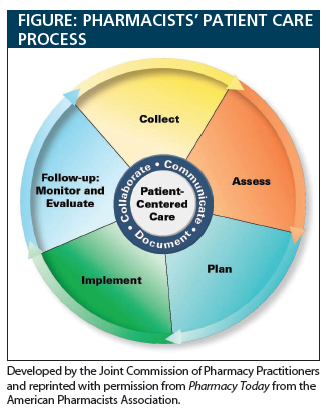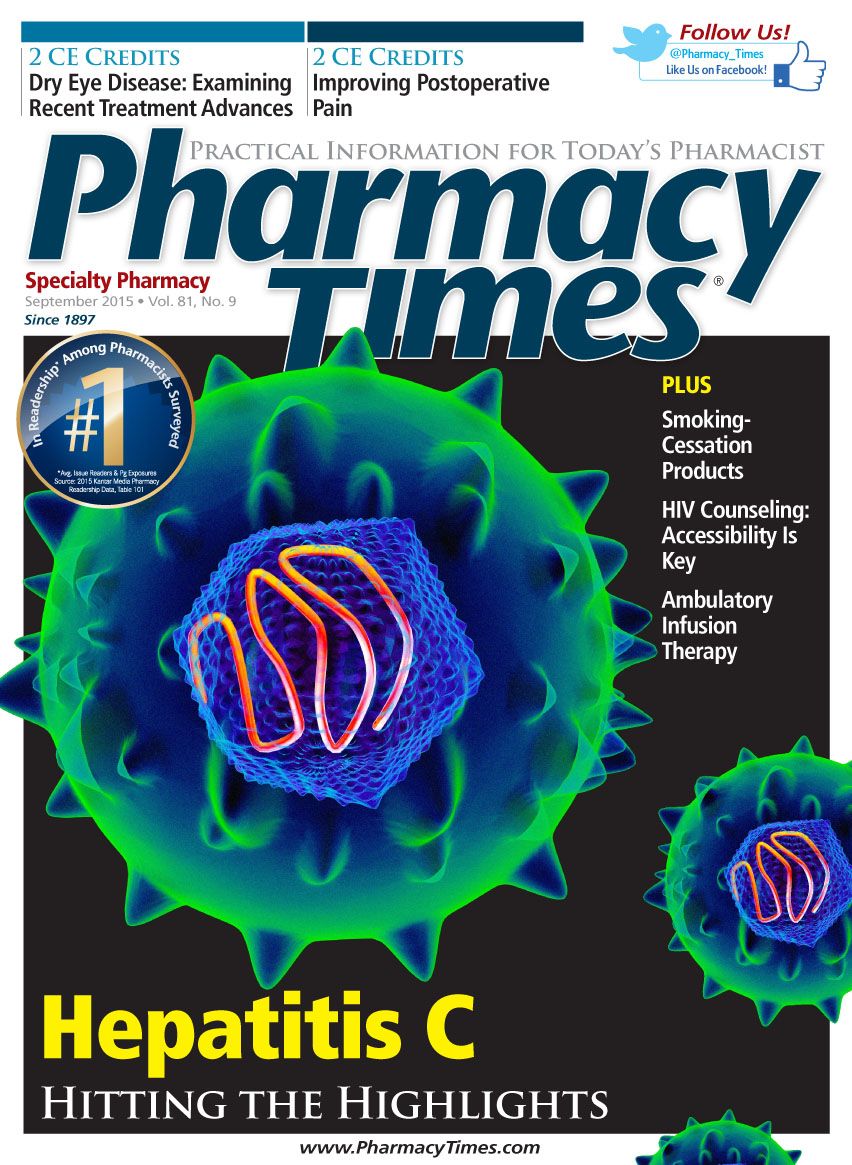Pharmacists' Patient Care Process
Creating a standardized process for pharmacists made great sense to me, so as a pharmacy educator, I devoted much effort toward making it happen.
It was early in the development of pharmacy as a clinical practice. I remember the conversation well. We were discussing what would need to change if pharmacists were to become truly engaged in clinical practice. My colleague mentioned that a standardized process would need to be developed and followed by every practitioner. He mentioned that all physicians follow a standardized process that leads them to making a diagnosis. It does not matter what school trained them or what country they were trained in, the process they follow is similar. He went on to say we do not have a standardized process that we teach all pharmacists to follow in developing a medication management plan.
Creating a standardized process for pharmacists made great sense to me, so as a pharmacy educator, I devoted much effort toward making it happen. I was ahead of my time, I guess, because I was never successful in making it happen in my school.

Over the years, various groups have tried to develop a standardized “pharmacist workup of drug therapy,” but they were often school/training-site specific. Each effort tried to improve or tweak the previous process. If it was not developed here, we were reluctant to adopt it. I hope this will change now that the Joint Commission of Pharmacy Practitioners’ adopted pharmacists’ patient care process (PPCP) (www.pharmacist.com/pharmacists-patient-care-processgains-traction) has been recognized by the Accreditation Council for Pharmacy Education (ACPE) as a requirement for PharmD programs in colleges of pharmacy starting next year. ACPE is working with continuing education (CE) providers to include this process in CE programs for pharmacists. A global-level integration of the PPCP seems to be underway. As a current practitioner, you need to become familiar with this process and begin making it part of your own practice.
The process is outlined in 5 steps: collect, assess, plan, implement, and follow up (monitor and evaluate). Principles of evidence-based practice and other health care providers’ perspectives were used in developing the process. The PPCP is designed to be applicable in any patient care setting where pharmacists provide pharmaceutical care, but the intensity of each step might vary, depending on the service provided in that setting.
Anne Burns, BSPharm, APhA vice president of professional affairs, offered these key points for pharmacists to understand as they begin to adopt the PPCP in their own practice model:
- Since the process is patientcentered, the patient must be involved in the process.
- The process must be a collaborative care model where pharmacists work with and communicate with other health care providers so that care is coordinated for the patient.
- Documentation is also a foundational component of the process. The process will be facilitated if health information technology is utilized. This will enable pharmacists to obtain needed patient information and communicate useful patient information to other team members.
The conversation I described in the first paragraph happened in the mid-1970s. It took more than 35 years to see the idea finally come to fruition. Let’s hope it does not take another 35 years to see the same standardized process incorporated into all practice models in all practice settings. If you begin to make it happen in your practice, it will happen much sooner.

